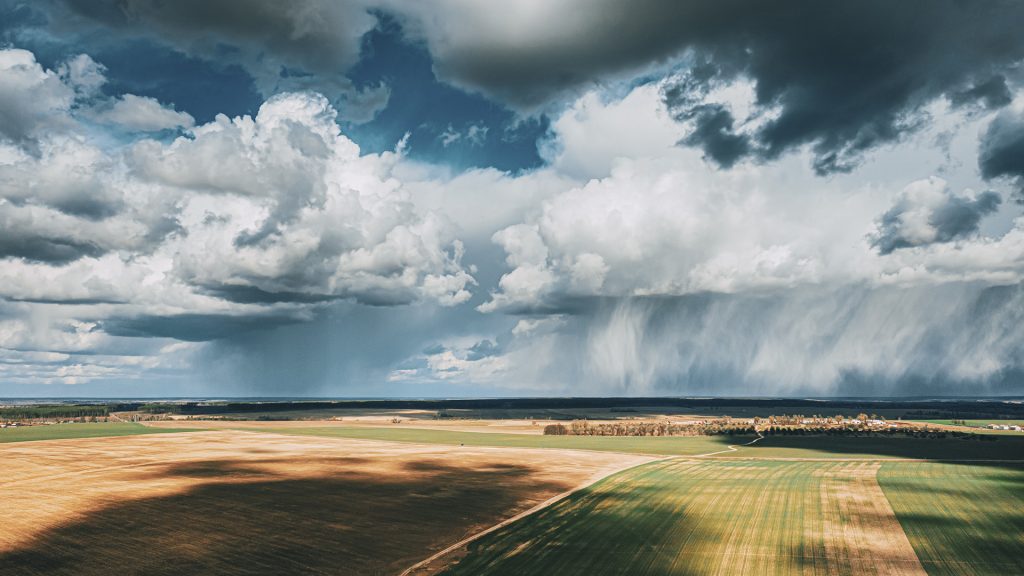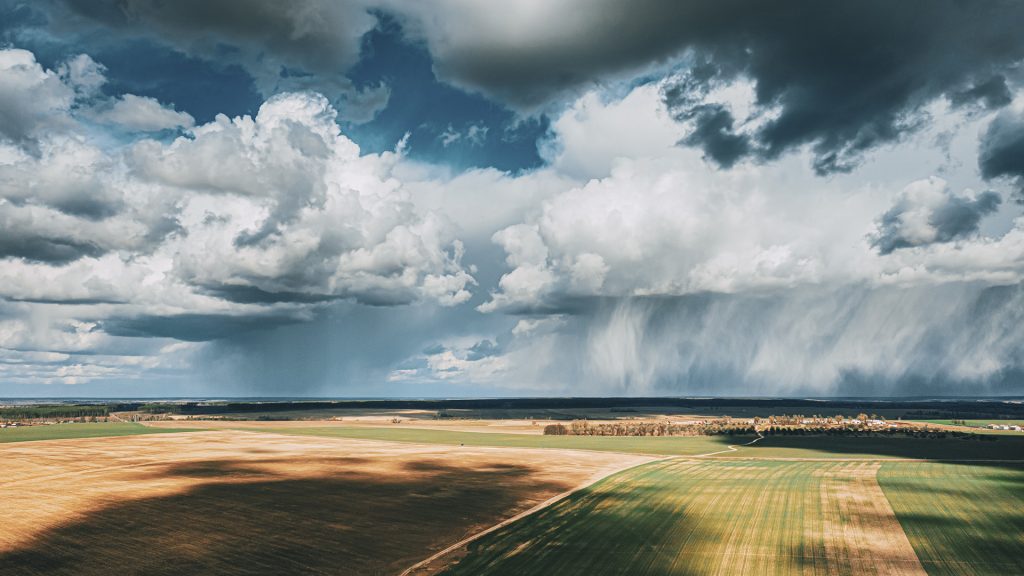How Machine Learning Enhances the Precision of Weather Models


Introduction
Weather forecasting has always been a challenging endeavor, requiring the analysis of vast amounts of data to predict atmospheric conditions accurately. Traditional weather models, while effective, have limitations due to the sheer complexity of the Earth’s atmosphere. Machine Learning (ML) offers a revolutionary approach to this problem, significantly enhancing the precision of weather models. This blog explores how ML is transforming weather forecasting, with real-life examples and implementations.
The Role of Machine Learning in Weather Forecasting
Machine Learning involves training algorithms to recognize patterns and make predictions based on data. In the context of weather forecasting, ML algorithms analyze historical weather data, satellite images, and other meteorological inputs to improve prediction accuracy. Here are some key ways ML enhances weather models:
- Data Assimilation: ML algorithms can process and integrate vast amounts of data from various sources, including satellite imagery, weather stations, and radar. This assimilation of diverse data sources enables more accurate and timely forecasts.
- Pattern Recognition: ML excels at recognizing patterns in complex datasets. For weather forecasting, this means identifying atmospheric patterns that precede certain weather events, such as storms or heatwaves, allowing for earlier and more accurate predictions.
- Predictive Modeling: ML models can predict weather conditions with higher precision by learning from historical data and identifying trends that traditional models might miss. These models continuously improve as they process more data over time.
Real-Life Examples of ML in Weather Forecasting
IBM’s Watson and The Weather Company
IBM’s Watson, known for its cognitive computing capabilities, has been integrated with The Weather Company to provide hyperlocal weather forecasts. By leveraging ML, Watson processes vast amounts of weather data to deliver highly accurate forecasts. This collaboration has resulted in improved weather predictions that are crucial for various industries, from agriculture to aviation. Learn more about IBM’s Watson.
Google DeepMind’s Weather Prediction Model
Google DeepMind has developed an ML model that can predict rainfall patterns with remarkable accuracy. Using a technique called “Nowcasting,” the model can predict immediate weather conditions up to two hours ahead. This short-term forecasting is vital for planning events, managing transportation systems, and responding to emergency situations. Discover Google DeepMind’s Weather Prediction.
Weather Forecasting with AI at JAXA
The Japan Aerospace Exploration Agency (JAXA) employs ML algorithms to enhance weather prediction models. By analyzing satellite data, these algorithms can predict extreme weather events like typhoons and heavy rainfall with greater accuracy. This information is critical for disaster preparedness and response. Explore JAXA’s Weather Forecasting.
The European Centre for Medium-Range Weather Forecasts (ECMWF)
The ECMWF has integrated ML techniques into their weather forecasting models to improve accuracy. They use ML for post-processing their numerical weather prediction outputs to better capture local weather phenomena. This integration has led to more reliable and precise weather forecasts across Europe. Learn more about ECMWF.
The UK’s Met Office and AI Applications
The UK’s Met Office has been leveraging AI and ML to enhance weather forecasting capabilities. By using ML to analyze satellite imagery and weather station data, they can improve the accuracy of severe weather warnings. This approach has proven especially useful in predicting thunderstorms and heavy rainfall. Discover the Met Office’s AI applications.
The National Center for Atmospheric Research (NCAR)
NCAR has been pioneering the use of ML to improve weather forecasting models. Their research includes using deep learning to analyze complex atmospheric patterns and predict weather events such as hurricanes and tornadoes with higher precision. Learn about NCAR’s ML initiatives.
Implementations and Resources
For those interested in exploring how ML can be applied to weather forecasting, several resources and frameworks are available:
- TensorFlow: An open-source ML framework by Google, TensorFlow provides tools for developing and training models that can process weather data and make accurate predictions.
- Keras: A high-level neural networks API, Keras is user-friendly and integrates well with TensorFlow, making it ideal for developing ML models for weather forecasting.
- NOAA’s National Centers for Environmental Information (NCEI): This resource offers a wealth of weather data that can be used to train ML models.
- Python Libraries: Libraries such as Scikit-learn and Pandas are essential for data processing and model training in weather forecasting projects.
Conclusion
Machine Learning is revolutionizing weather forecasting by enhancing the precision of weather models. Through data assimilation, pattern recognition, and predictive modeling, ML algorithms provide more accurate and timely weather predictions. Real-life implementations by IBM, Google DeepMind, JAXA, ECMWF, the UK’s Met Office, and NCAR demonstrate the transformative potential of ML in this field. As technology continues to advance, we can expect even greater improvements in weather forecasting, helping societies better prepare for and respond to weather-related events.



